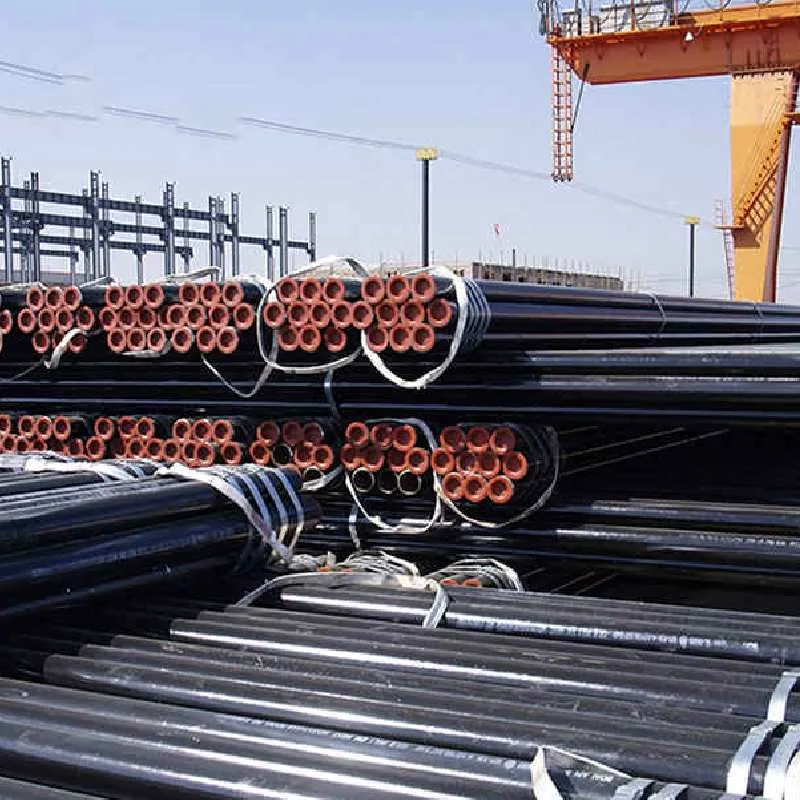-
Cangzhou Yulong Steel Co., Ltd.
-
Phone:
+86 13303177267 -
Email:
admin@ylsteelfittings.com

Nov . 09, 2024 03:14 Back to list
Alternative Solutions for Connecting All Thread Rods Effectively and Securely
Understanding All Thread Rod Couplings Applications and Benefits
Threaded rods are versatile components widely used in various industrial applications, and their effectiveness often comes down to the coupling systems that connect them. All thread rod couplings are specially designed hardware that facilitates the joining of two or more threaded rods. In this article, we will explore the various aspects of all thread rod couplings, including their definitions, types, uses, benefits, and installation procedures.
What Are All Thread Rod Couplings?
All thread rod couplings, commonly referred to as coupling nuts, are tubular devices that enable the extension of threaded rods or the connection of two or more unattached rods. These couplings maintain the continuity of the threads, creating a secure and robust structure. Made from various materials such as steel, stainless steel, and aluminum, the choice of material often depends on the specific application requirements, including strength, corrosion resistance, and environmental conditions.
Types of All Thread Rod Couplings
There are primarily two types of all thread rod couplings
1. Standard Couplings These are the most commonly used couplings for joining threaded rods. They possess internal threads that correspond to the threads on the rods, providing a straightforward connection method. Standard couplings are utilized in many applications ranging from construction to machinery.
2. Heavy-Duty Couplings Designed for high-load applications, heavy-duty couplings are typically thicker and made from stronger materials. They are ideal for structural applications in industries like construction, where the integrity and strength of connections are crucial.
Applications of All Thread Rod Couplings
All thread rod couplings find utility across numerous industries, including
- Construction They are commonly used in concrete anchoring, tensioning applications, and in securing various structural components. Couplings help in creating tie rods, post anchors, and other support systems.
- Mechanical Engineering In machinery assembly, they are used to join parts or components that require high strength and stability. All thread couplings are vital in maintaining the alignment and functional integrity of bolted assemblies.
- Manufacturing In manufacturing processes, these couplings are used to construct frames and structures that require customizable lengths and strength configurations.
- Electrical Industry All thread rod couplings support electrical equipment mounting and provide secure connections in installations requiring precise alignment.
Benefits of Using All Thread Rod Couplings
all thread rod couplings

2. Versatility Their adaptability makes them suitable for diverse applications, allowing engineers and contractors to customize their designs without significant constraints.
3. Ease of Installation Couplings are straightforward to install; they require minimal tools, reducing labor time and costs during assembly.
4. Adjustable Lengths By using couplings, constructors can easily modify the length of the assembly, allowing quick adjustments to accommodate various project specifications.
5. Corrosion Resistance With options in materials such as stainless steel, all thread rod couplings can offer resistance to corrosion, which is essential in harsh environments.
Installation of All Thread Rod Couplings
The installation process for all thread rod couplings is relatively simple
1. Preparation Ensure all materials and tools are available. Clean the threaded rods to remove any contaminants.
2. Alignment Align the threaded rods that need to be joined securely, ensuring they are straight and at the desired angle.
3. Screwing Gently screw the coupling onto the ends of the two threaded rods, ensuring that they engage with the existing threads correctly.
4. Tightening Use appropriate tools to tighten the coupling, ensuring a firm grip without over-torquing, which could damage the threads.
5. Final Inspection After installation, inspect the connection to confirm that it is secure and meets the project’s requirements.
Conclusion
All thread rod couplings are essential in creating strong and reliable connections between threaded rods. Their adaptability and ease of use make them indispensable across several industries, from construction to manufacturing. By understanding the types, applications, benefits, and installation processes, professionals can make informed decisions that enhance the quality and safety of their projects. Whether you are working on simple tasks or complex engineering challenges, all thread rod couplings can provide the necessary support for your structural needs.
Latest news
-
ANSI 150P SS304 SO FLANGE
NewsFeb.14,2025
-
ASTM A333GR6 STEEL PIPE
NewsJan.20,2025
-
ANSI B16.5 WELDING NECK FLANGE
NewsJan.15,2026
-
ANSI B16.5 SLIP-ON FLANGE
NewsApr.19,2024
-
DIN86044 PLATE FLANGE
NewsApr.19,2024
-
DIN2527 BLIND FLANGE
NewsApr.12,2024
-
JIS B2311 Butt-Welding Fittings LR/SR 45°/90° /180°Seamless/Weld
NewsApr.23,2024
-
DIN2605-2617 Butt-Welding Fittings LR/SR 45°/90°/180° Seamless/Weld
NewsApr.23,2024











